
Chalice Well
~ Glastonbury, England * http://www.chalicewell.org.uk/index.cfm/glastonbury/ ~
Enter in the legends of King Arthur and the Holy Grail thou shalt enter the Chalice Well. It is one of the most infamous holy wells found in Britain and Europe. It is a classic example of a magical spring full of legends and lore surrounding it. It is located at the base of Glastonbury Tor. Its chalybeate waters are legendary and known to flow ceaselessly at a steady rate and temperature that is said never to vary. Many believe it’s the representation of the blood of Christ that miraculously sprang forth from the ground when Joseph of Arimathea buried or washed the cup used at the Last Supper (The Holy Grail). To Pagans, it is the blood spring of the Earth Mother, the essence of all life, and her unbounded life force. Some say the spring evokes peace, love, and the essence of all life. The Lion’s Head fountain is where visitors can drink the water and fill up bottles to take home with them. The gift shop sells empty bottles for visitors to do this. The Red Spring is portrayed as a symbol of the feminine aspect of Deity, while the Tor is symbolized as the male aspect of Deity. The Blade and the Chalice. The Tower and the Well.

The well is also called the Red Spring or Blood Spring as it displays a reddish hue from the ferrous oxide oxidized at the surface. The reddish color is said to represent the rusting nails of the Cross that Jesus died on. The Wellsprings provide 25,000 gallons of warm water a day and are said to have never failed, even during times of drought. Legend has it the waters possess healing powers. The Chalice Well Trust maintains and protects the Spring, established in 1959 by Wellesley Tudor Pole, preserving the space for pilgrims to enjoy the magical spring. The spring and its buildings are labeled Grade 1 Listed Buildings in England Preservation. The Well was researched by the Exeter University School in 2009. They determined the well is fed by a deep aquifer in the lower levels of the Pennard Sands.
There is archaeological evidence on and around the Spring of lithics, pottery, and artifacts dating to the Paleolithic and Mesolithic Age. There is a shard of pottery dating to the Iron Age. Other shards date to Roman and Medieval Times. It is estimated that this site has been used for over 2000 years.
A garden has been established around the Spring centered around spirituality, meditation, and tranquility. Many events take place here annually. The major events are World Peace Day, Michaelmas, Samhain, Summer Solstice, and Winter Solstice. The Chalice Well charges admission to enter the gardens and to visit the well. A free outpouring is just outside the fence. Just to the East is another natural spring called the White Spring, possessing colorless waters originating from a shallow aquifer. This has been built into a temple. There is no charge to visit the White Spring.

Christian Legend:
The two interlocking circles create the symbol of the Vesica Piscis, and within the well-lid design is a spear or sword bisecting these two circles, perhaps referencing Excalibur, the legendary sword of King Arthur, who is believed to be buried at Glastonbury Abbey. Joseph of Arimathea brought the Holy Grail (the cup that Christ used at the Last Supper to give his servants wine) to England and hid the cup there. When he did, the waters were said to have turned red. It is said that Glastonbury is King Arthur’s tromping grounds. Over the well is the well cover for the Chalice Well, which was designed as it was by church architect and archaeologist Frederick Bligh Bond and gifted to the gardens after the Great War in 1919. The two interlocking circles create the symbol of the Vesica Piscis and within the well-lid design is a spear or sword bisecting these two circles, perhaps referencing Excalibur, the legendary sword of King Arthur who is believed to be buried at Glastonbury Abbey. The foliage on it represents the Glastonbury Thorn. William of Malmesbury first recorded the well-described well waters gushing as sometimes red and sometimes blue. Some say this is the legendary Blue Spring that has vanished, and the Red Spring was the Blue Spring before Joseph of Arimathea brought the Grail here, turning it Red.

Local Lore:
The waters of the well are attributed to human blood – because the waters are red, the water coagulates as does hemoglobin, and the waters are warm. The Well is also a symbol and inspiration for the Eye of Elena in Sarah J Mass’ Throne of Glass series and featured in the Kingdom of Mei series as Christianity being a cyclical cataclysm.
Cornish, Welsh, and Irish Mythology:
Wells are seen as gateways to the spirit world or Other World, overlapping the inner and outworlds.
Islamic Mythology:
Mirza Basheer-ud-Din Mahmood Ahmad, in his commentary on the Quran, considered the possibility that the story of the Seven Sleepers (from surah 18, Al-Kahf, “The Cave”) was based on the earlier legend of Joseph of Arimathea having come to Glastonbury, with the cave being a metaphor for England, though he considered the Catacombs of Rome a more likely source of the legend. (Wikipedia)




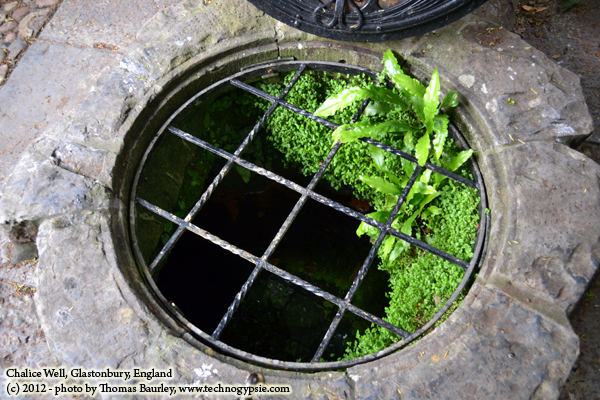








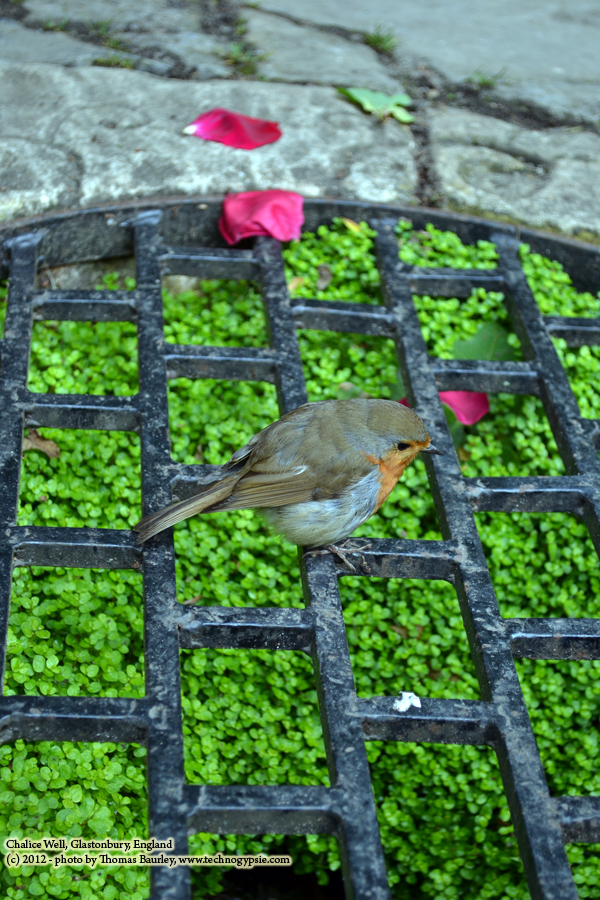

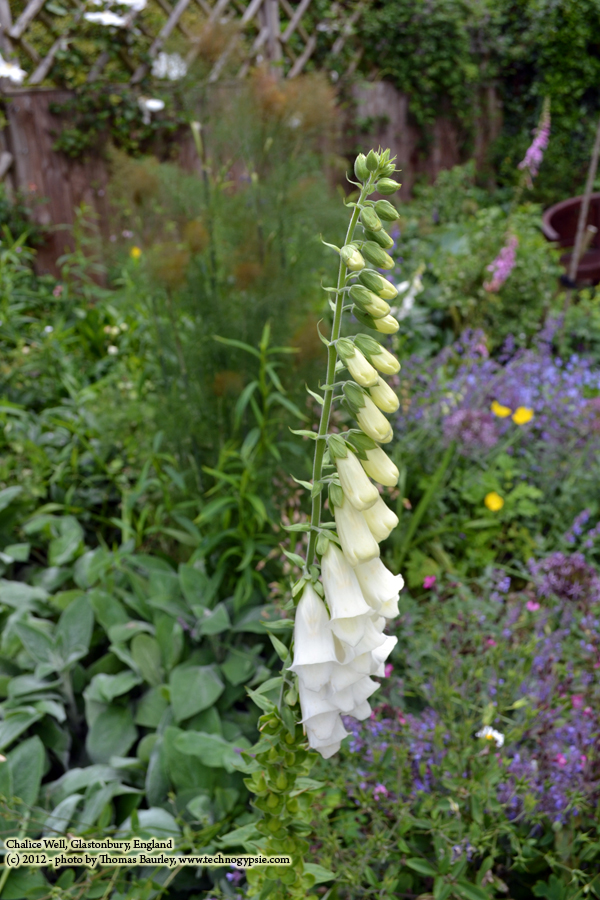



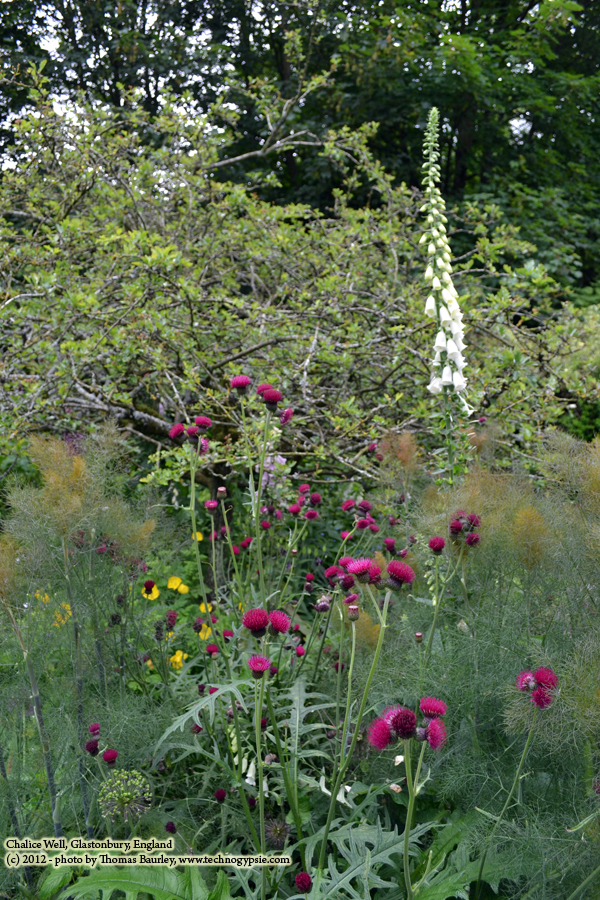
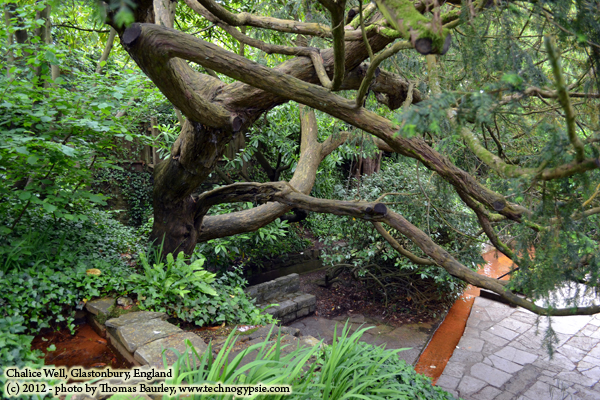

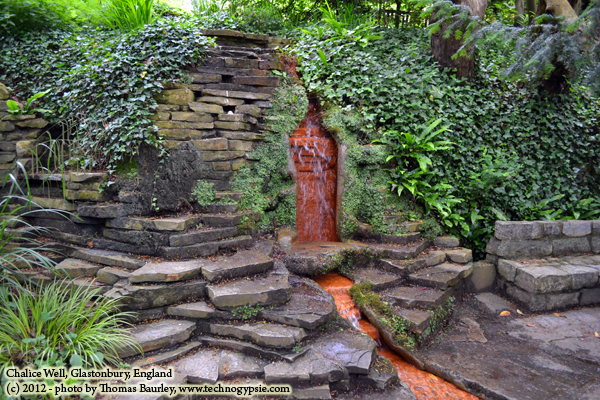
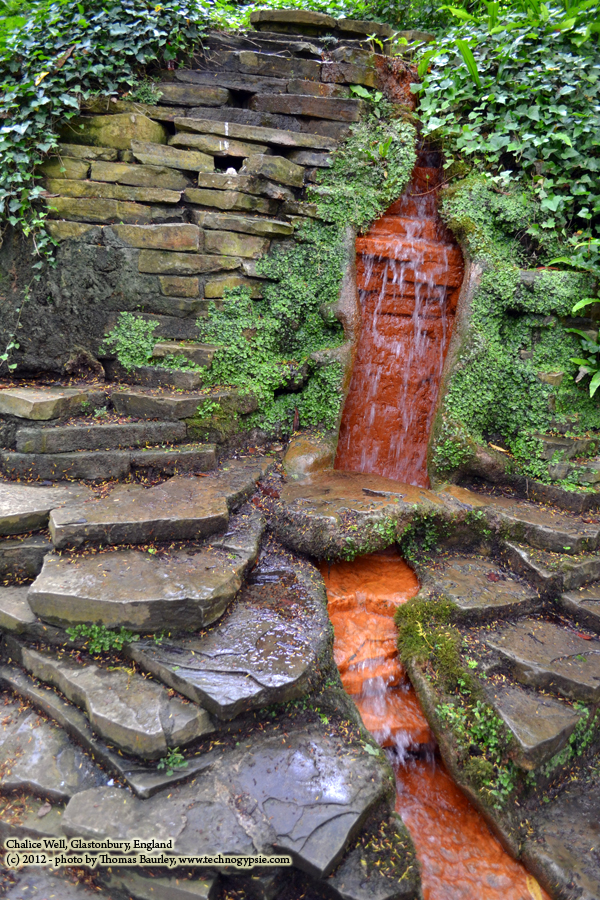



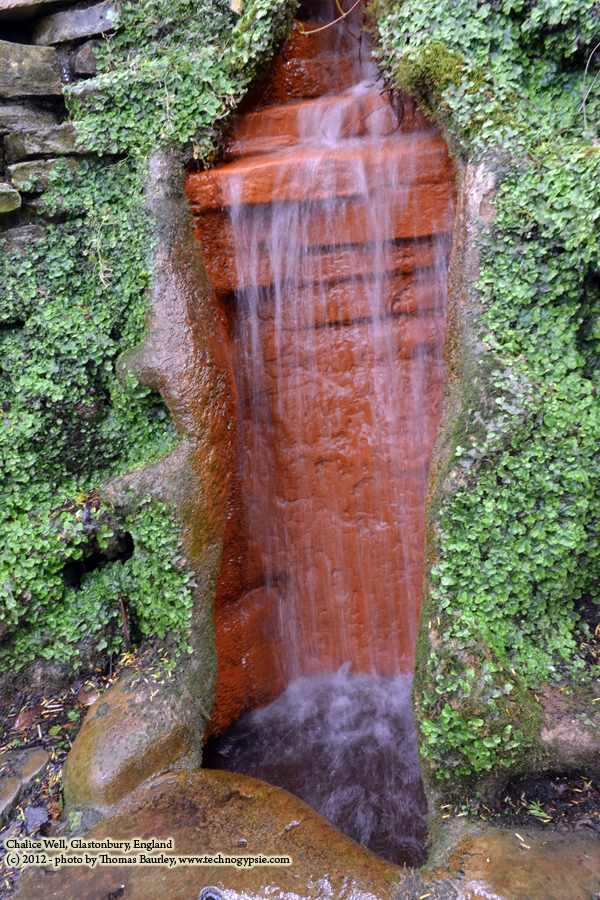
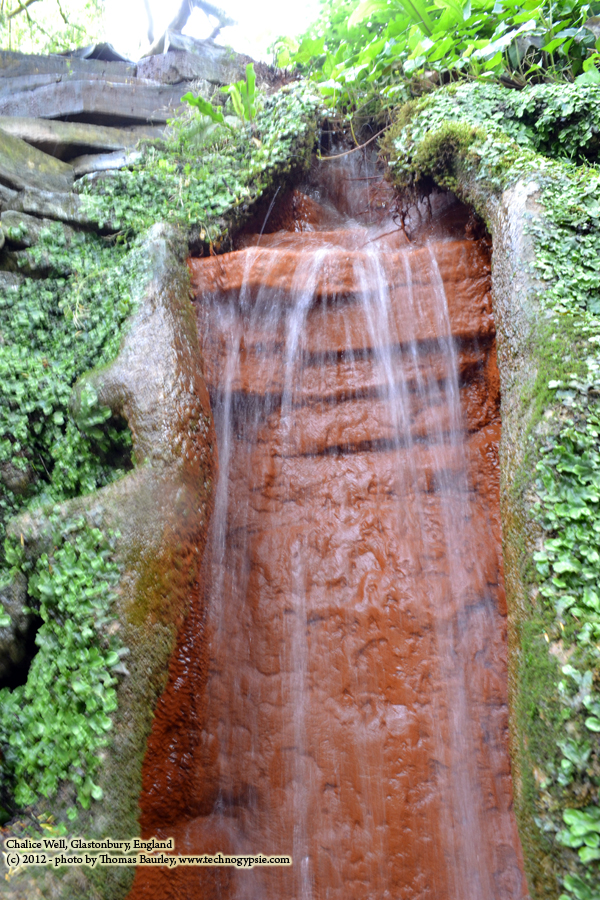



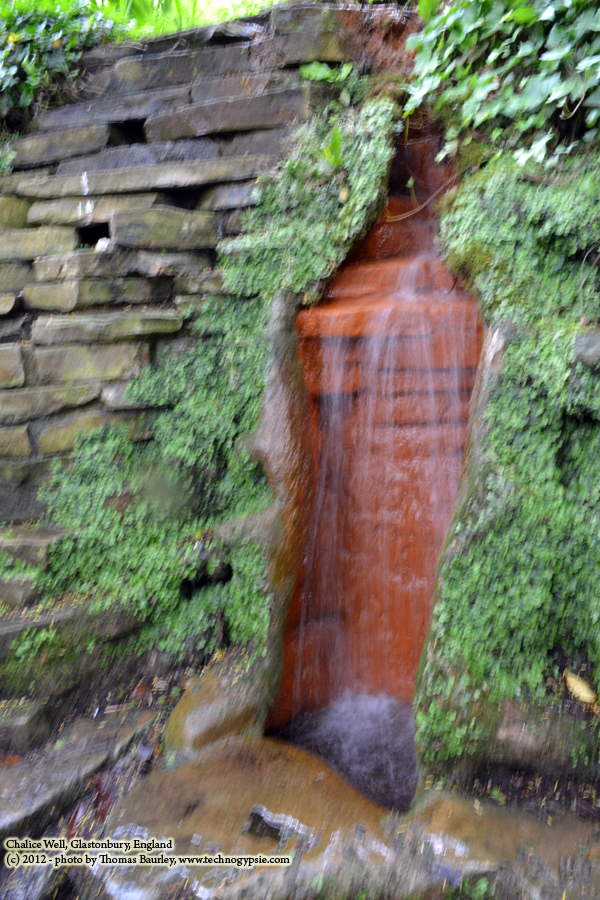













Discover more from The Naiads Well
Subscribe to get the latest posts sent to your email.
